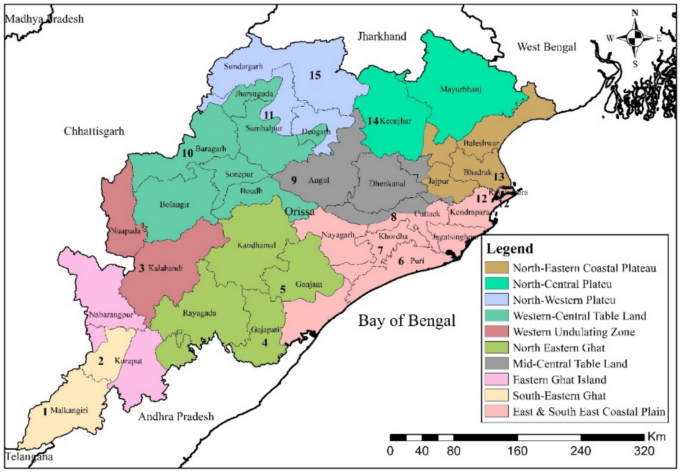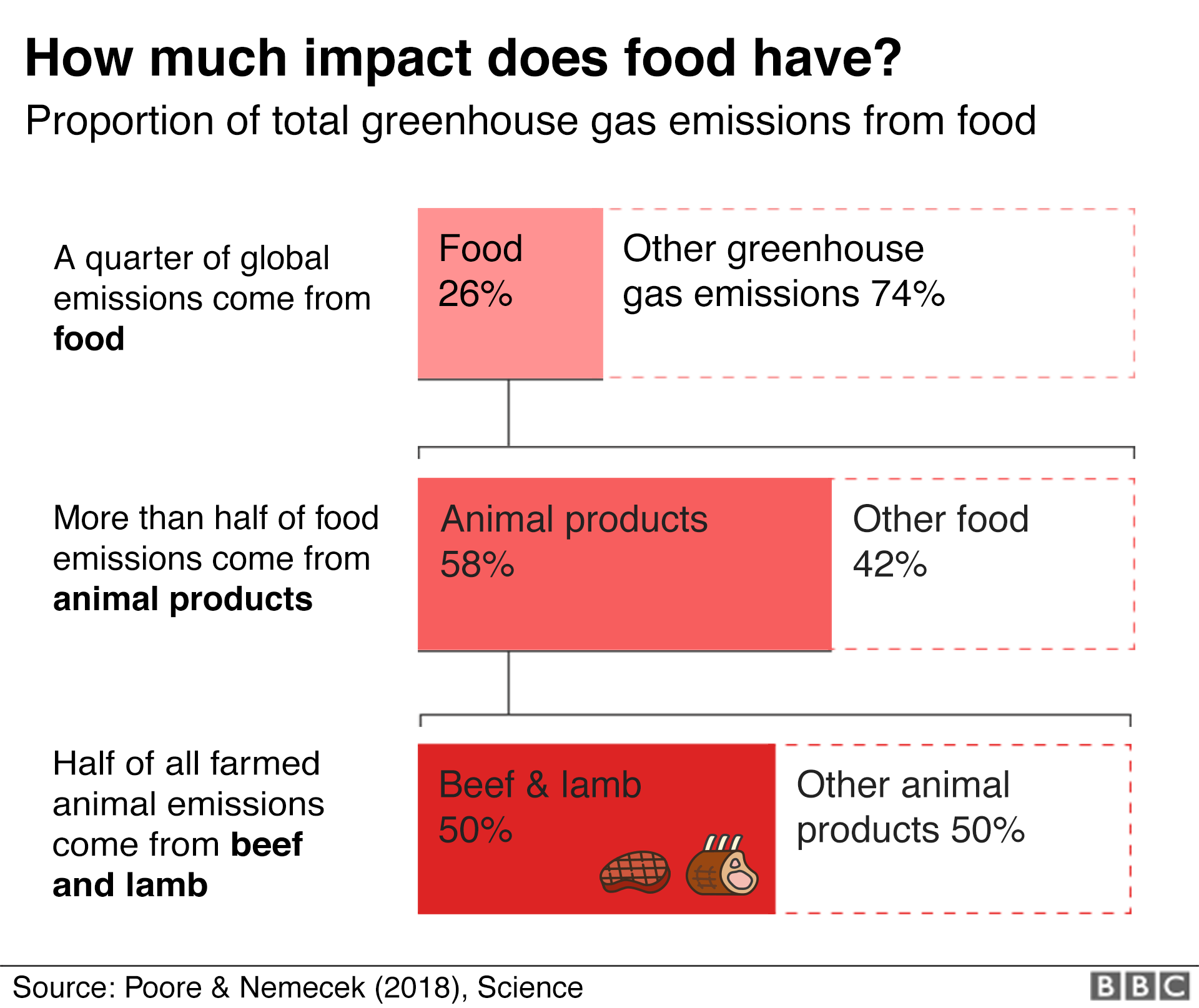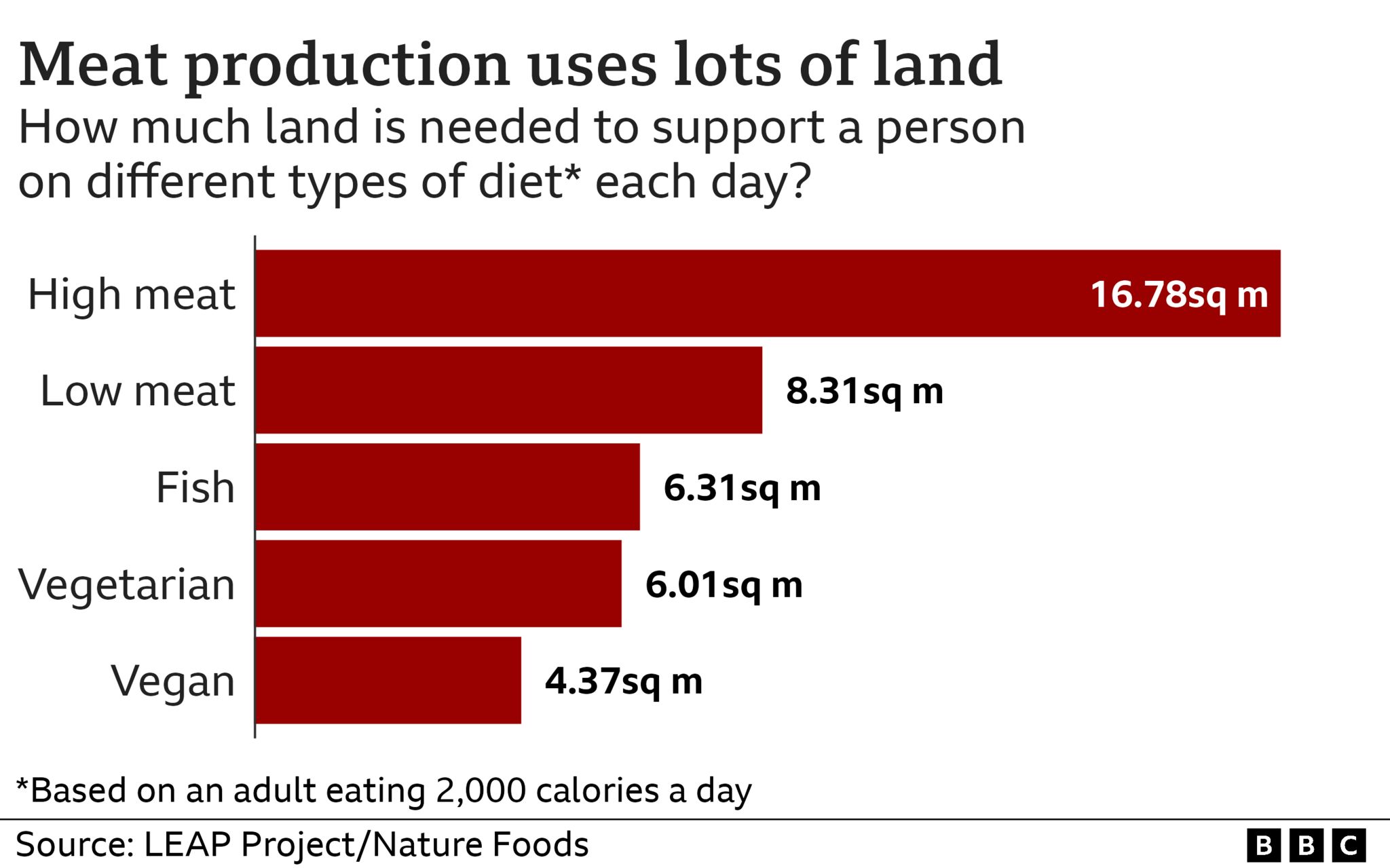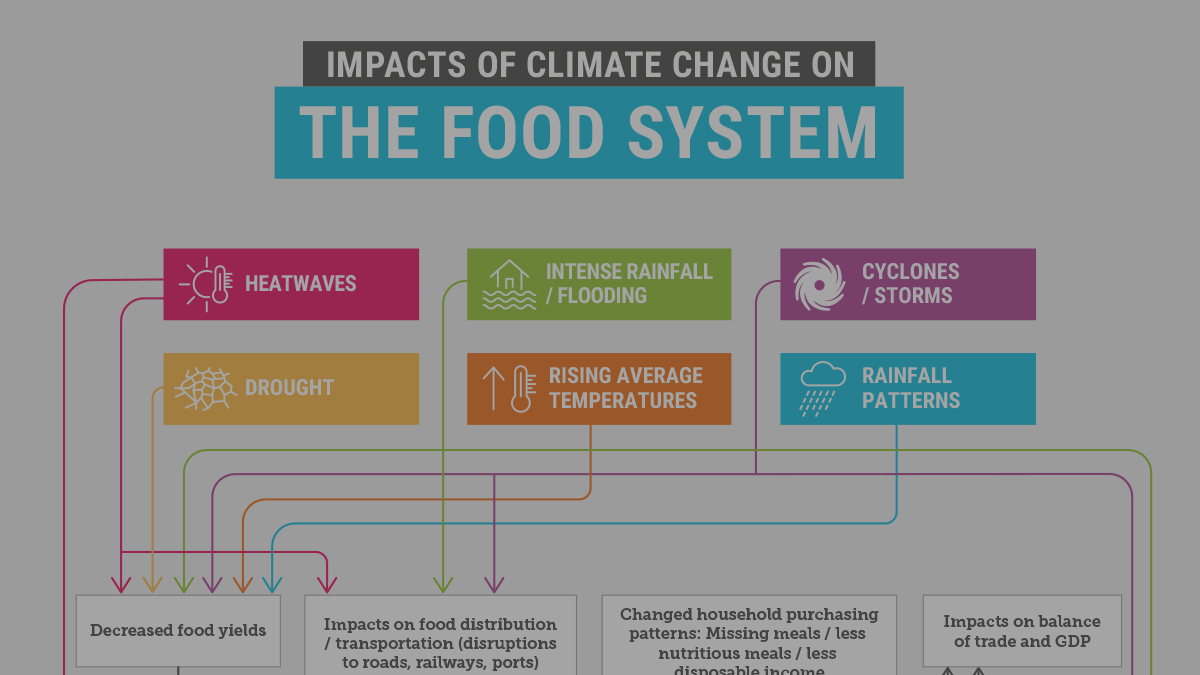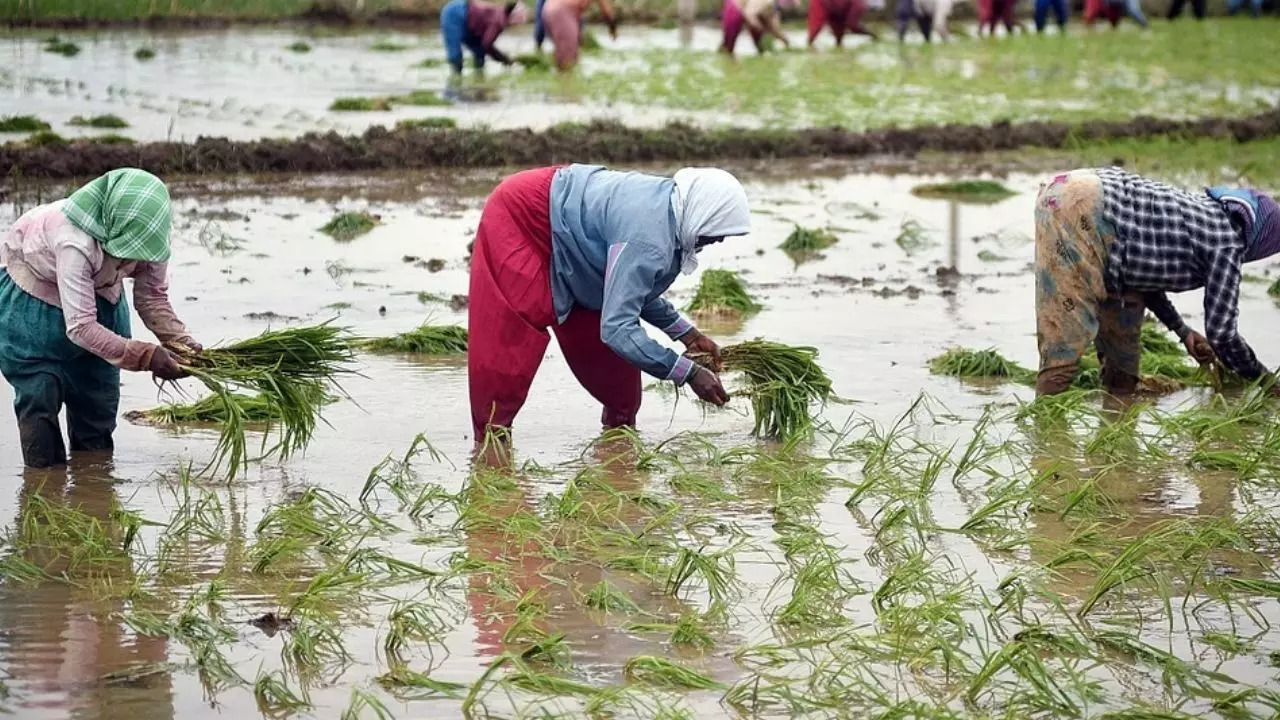Monsoon Variability and Agricultural Vulnerability
Monsoon patterns are undergoing significant shifts, characterized by erratic rains, flooding, and prolonged dry spells, posing challenges to agriculture in Asia[4][6]. These changes necessitate adapting agricultural practices to new climate realities[4]. The southwest monsoon, crucial for India, contributes nearly 75%-80% of the country’s total annual rainfall, directly influencing the success of major crops such as rice, wheat, pulses, and oilseeds[7]. A weak or erratic monsoon can lead to droughts, food shortages, and inflation, affecting the livelihoods of a large portion of the population engaged in agriculture[7]. Climate change is intensifying these monsoon patterns, leading to more extreme and unpredictable rainfall[4]. Factors such as warmer ocean temperatures and atmospheric changes increase moisture levels, resulting in heavier downpours and flooding, further amplified by El Nino and La Nina events[4]. The Indo-Gangetic Plain (IGP), which produces 40% and 70% of India’s total rice and wheat output, is particularly vulnerable to these monsoon variations, impacting both regional and national food security[5].
Shifting Dietary Preferences and Resource Intensification
Higher incomes and increasingly urban lifestyles are changing consumer needs and preferences in Asia[3]. There is a shift away from traditional staples like rice and wheat towards more diverse diets including fruits, vegetables, eggs, dairy products, meat, and seafood[3]. Although cereal consumption in developing Asian countries increased between 1961 and 2018, its overall share in diets has decreased, while the share of meat and animal products has risen from 1% to 4%[3]. In China, daily calorie intake more than doubled between 1961 and 2018, with cereals making up only 46% of the diet and meat and animal products increasing from 3% to 21%[3]. To meet these changing food preferences, agriculture in the region will have to reorient from a traditional focus on the production of food staples to high-value crops such as fruit and vegetables, as well as livestock and aquaculture[3]. This shift implies a more resource-intensive production as well as rising greenhouse gas emissions, particularly from animal-based products, which have a much larger resource footprint regarding greenhouse gas emissions and water use[3].
Impacts on Crop Production and Food Security
Climate change is expected to have severe impacts on crop production, affecting all four dimensions of food security: availability, accessibility, utilization, and stability[1]. Negative impacts are expected to be exacerbated in coastal regions, with overall losses of production and increased food security risks due to erosion, saltwater intrusion, tropical cyclones, storm surges, heat stress, and drought[1]. For crops where the Asia-Pacific region accounts for a significant proportion of world production, the impacts will not only be local, but also global[1]. Cereal production in South Asia could decrease significantly by 2050, with reductions of approximately 31%, 24%, 25%, and 6% in Bangladesh, Pakistan, Sri Lanka, and India, respectively[1]. Rice yields, on average, are projected to decline[1]. By 2050, climate change could reduce irrigated crop yields of rice (14–20%), wheat (32–44%), maize (2–4%), and soybeans (9–18%) in South Asia, relative to 2010[1]. Variations in average growing season temperature could reduce wheat production by 50% in wheat-growing regions of Australia, and Australian wheat lifecycles could be shortened by up to 42 days by 2050[1]. Negative impacts on maize yields are also projected in China (-4 to -14%) and West Bengal, India (-11 to -27%)[1].
Regional Rainfall Trends and Gross Primary Productivity
A study using data from 1901 to 2023 found that most districts in Odisha have no significant change in monsoon rainfall, but Sundergarh showed a significant negative trend (-2.51)[2]. Inter-seasonal rainfall variability was recorded to increase after 1980[2]. The Gross Primary Productivity (GPP) of forested areas is more responsive to rainfall fluctuations than cropped areas within Odisha’s agro-climatic zones[2]. Understanding long-term rainfall variability is crucial for ensuring sustainable agricultural productivity, particularly in monsoon-dependent regions like Odisha, where shifting precipitation patterns can significantly affect Kharif paddy production[2]. It is evidenced that the amount of monsoon rainfall is the prime factor for crop productivity as compared to temperature in some districts such as Kalahandi, Koraput and Bolangir[2]. Moreover, higher amounts of rainfall have been recorded in coastal Odisha than the country’s average, but its distribution is uneven, especially during the cropping season[2].
Adaptation Strategies and Climate-Smart Agriculture
To reduce the environmental impact of agriculture, it is important to move toward sustainable and healthy diets that are also socially acceptable and economically accessible for all[3]. Some ways to achieve this are to promote mostly plant-based diets, reduce red meat consumption, promote fish obtained from sustainable stocks, and reduce food loss and waste throughout the supply chain[3]. Climate-smart agriculture provides a set of practical responses that can scale from locally based actions through to broad-scale policy application[1]. Suitable adaptation measures include supplementary irrigation, breeding new heat- and drought-tolerant seed varieties, and concentrating agriculture in geographically suited locations[1]. In the Asia-Pacific region, sustainable adaptation strategies explored for paddy ecosystems include relocation of croplands, shifting planting dates and developing new varieties, along with smart management of water and fertilizer[1]. Increasing nutrient use efficiency through the adoption of better management practices can assist in maintaining and increasing yield, contributing to both food security and climate change mitigation[1]. Mixed farming systems integrating crops, livestock, fisheries and agroforestry could also help maintain crop yields in the face of climate change, assisting in the adaptation to changes in climate variability and minimizing GHG emissions by improving the nutrient flows[1].
Need for Climate-Resilient Agricultural Practices
With extreme weather events like flooding becoming more common, experts emphasize the need for climate-resilient agricultural practices[4]. Diversifying crops, improving drainage systems, and adopting drought- and flood-resistant varieties are some of the strategies that could help mitigate the impact of erratic monsoons[4]. Meteorologists suggest that a significant departure (deficit or excess) in June rainfall affects soil moisture availability, sowing schedules, and early crop vigor, creating a cascade of effects throughout the growing season[2]. Adaptive water resource planning is needed for districts with decreasing rainfall trends, and GPP monitoring and forecasting tools should be developed to improve agricultural resilience[2]. Long-term climatic land-use studies should be integrated to develop better climate adaptation policies[2].
Get more accurate answers with Super Pandi, upload files, personalized discovery feed, save searches and contribute to the PandiPedia.
Let's look at alternatives:
- Modify the query.
- Start a new thread.
- Remove sources (if manually added).
